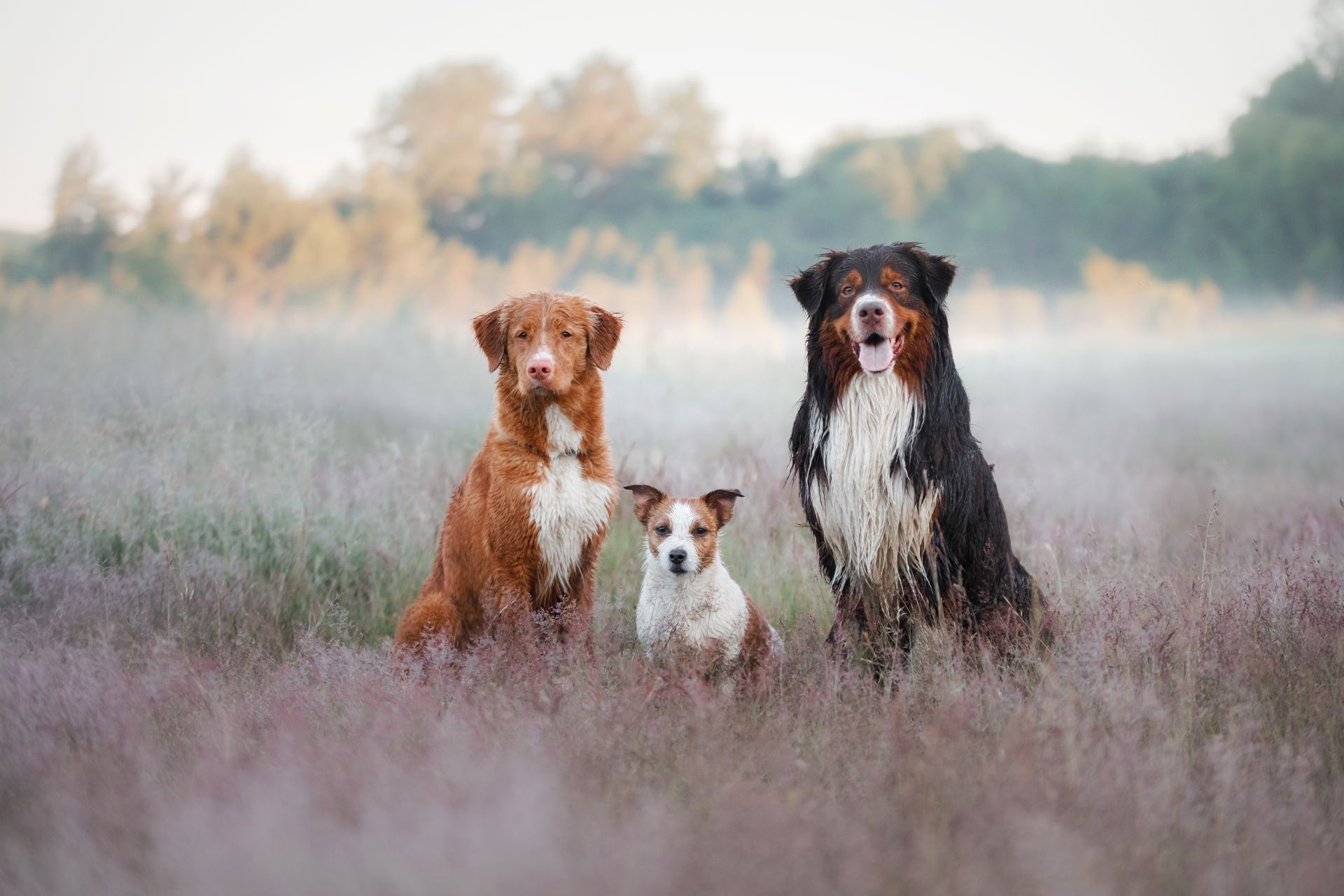As dog owners, we often share our outdoor spaces with our four-legged friends. Gardens, parks, and even indoor plants can provide a stimulating environment for our pets. However, it’s crucial to be aware that not all plants are safe for dogs. Some can cause mild discomfort, while others can lead to severe health issues or even be fatal. This comprehensive guide aims to help you identify potentially harmful plants and provide tips on how to keep your dog safe.
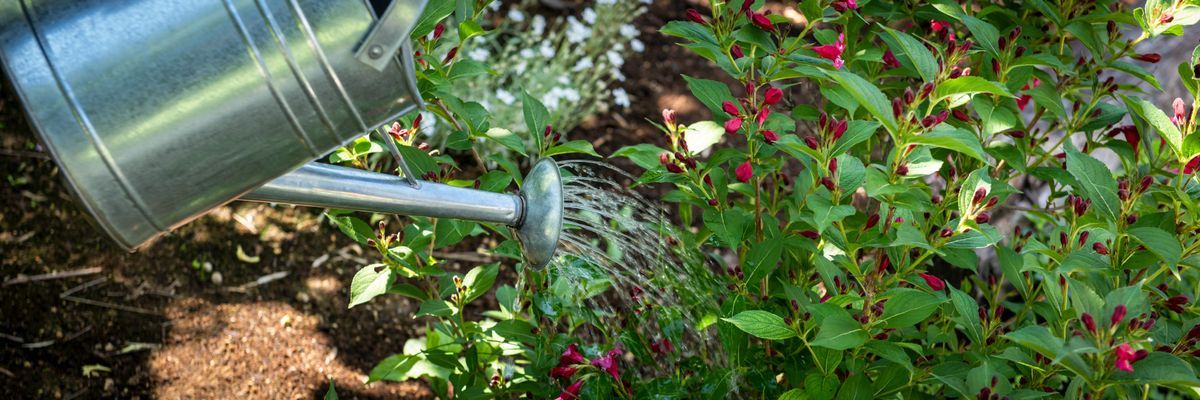
The Hidden Dangers in Your Garden
Many common plants, both indoor and outdoor, can pose a threat to your dog’s health. These include:
-
Flowers: Popular flowers like daffodils and lilies are not only beautiful but can also be dangerous to dogs if ingested. Even their pollen can cause allergic reactions in some dogs.
-
Garden Plants: Common garden plants like foxgloves and rhubarb can be toxic to dogs. Foxgloves can cause heart problems, while rhubarb leaves can lead to kidney failure.
-
Trees: Some trees, such as yew and laburnum, can be dangerous if ingested. Yew trees contain a toxin that can cause cardiac failure, and laburnum trees have seeds that contain a poison called cytisine.
-
Houseplants: Many houseplants, like philodendrons and peace lilies, are toxic to dogs. They can cause symptoms ranging from oral irritation to difficulty breathing.
-
Vegetable Garden: Some vegetables, like onions and garlic, can be harmful to dogs. They contain compounds that can cause damage to red blood cells, leading to anemia.
-
Fruit Trees: The seeds, leaves, and stems of many fruit trees, like apple and cherry trees, contain cyanide and can be toxic to dogs.
-
Herb Garden: Some herbs, like chives and certain types of mint, can be harmful to dogs if ingested in large amounts.
-
Mulch: Cocoa mulch is a byproduct of chocolate production and, like chocolate, it can be toxic to dogs. It contains theobromine, which can cause heart problems, seizures, and even death in dogs.
It’s not just the ingestion of these plants that can be harmful; contact with the skin or eyes can also cause irritation or injury. Therefore, it’s important to be aware of the plants in your environment and take necessary precautions to prevent your dog from coming into contact with them.
The Comprehensive List of Toxic Plants
This section provides an exhaustive list of plants that are toxic to dogs, including symptoms to watch out for if your dog ingests them. The list includes plants like:
-
Aconitum: Also known as wolfsbane or Monkshood, every part of this plant contains a deadly toxin that could be fatal to our furry friends.
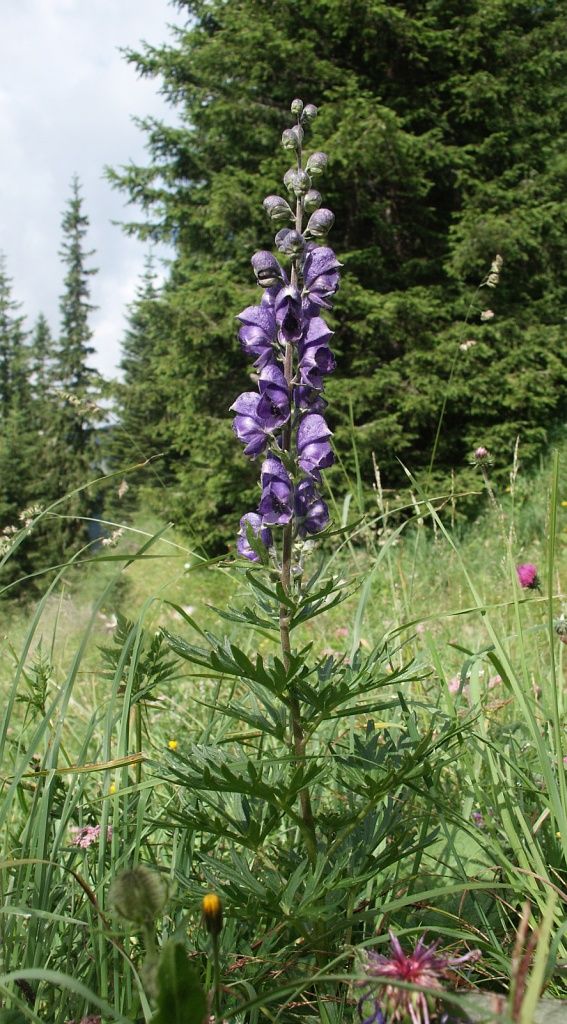
-
Asparagus Fern: This plant is mildly toxic to dogs. If your dog eats the berries of this toxic plant, they could suffer from vomiting and diarrhoea.
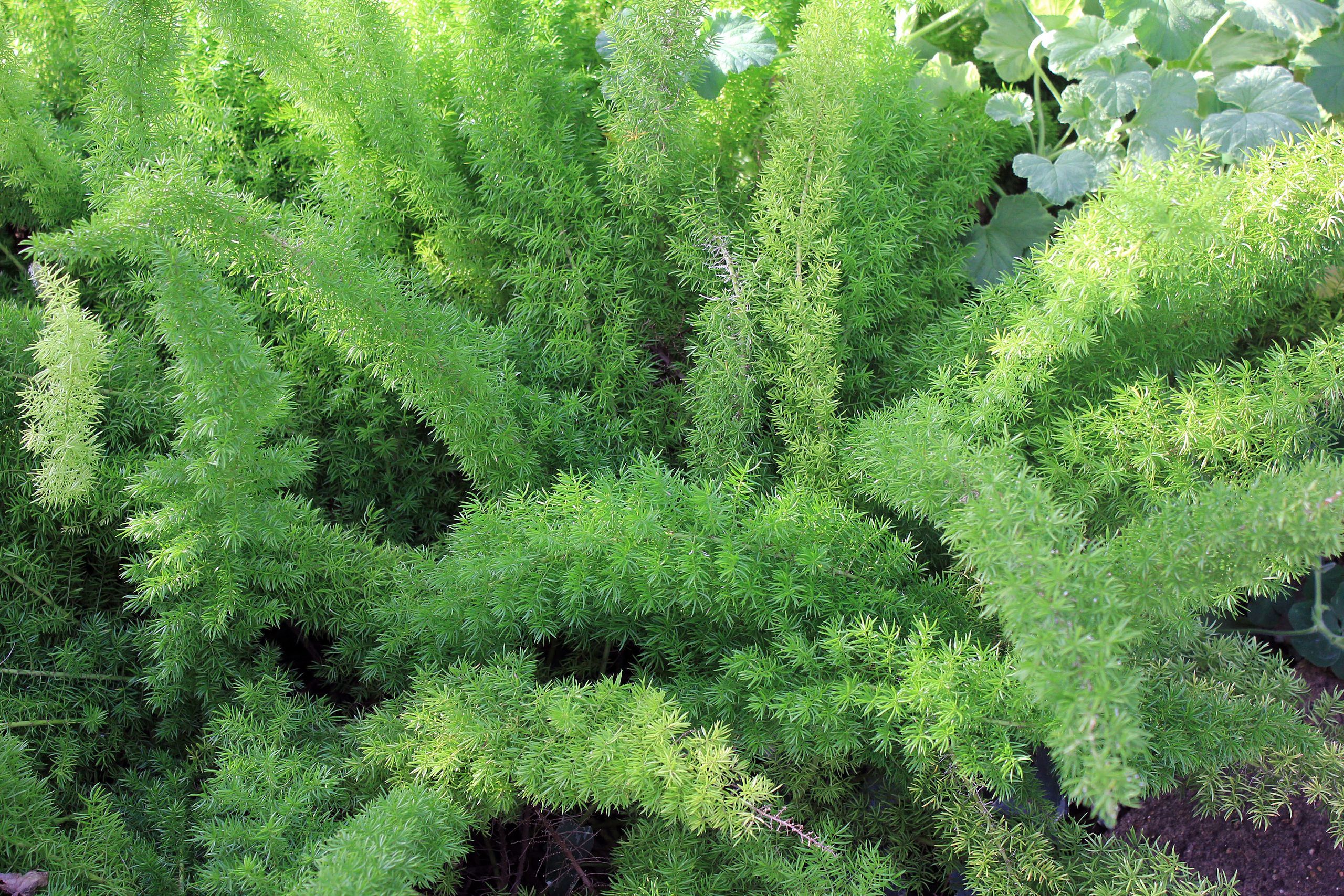
-
Belladonna: Amaryllis Belladonna bulbs are widely known to cause dogs distressing and dangerous symptoms such as vomiting, diarrhea, lethargy and tremors.
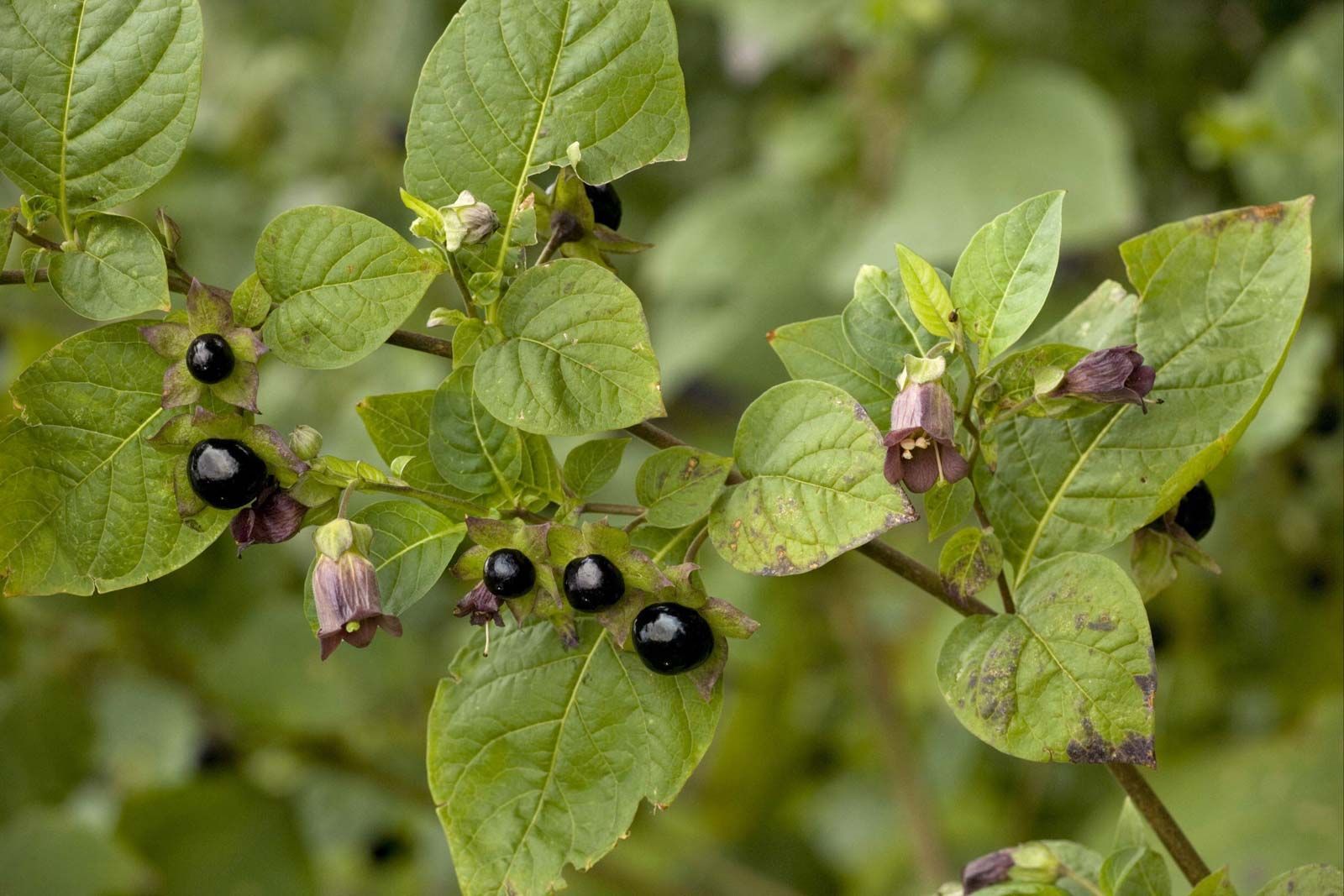
-
Cyclamen: Although pretty, this flowery plant is highly toxic to dogs. If eaten, the side effects can include excessive salivation, vomiting, and diarrhoea.
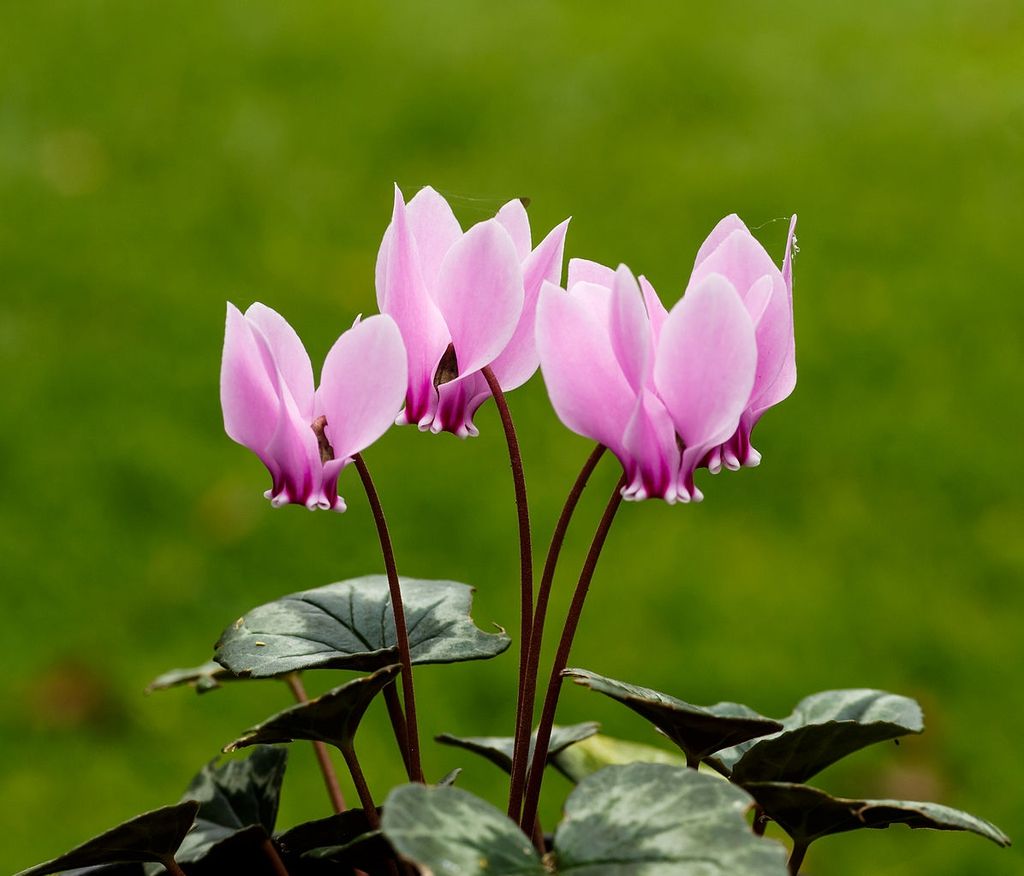
-
Daffodils: Although a popular bloom to brighten up both the home and the garden, daffodils are dangerous when eaten by dogs. Daffodil bulbs are particularly poisonous to dogs and can cause symptoms such as vomiting and convulsions.
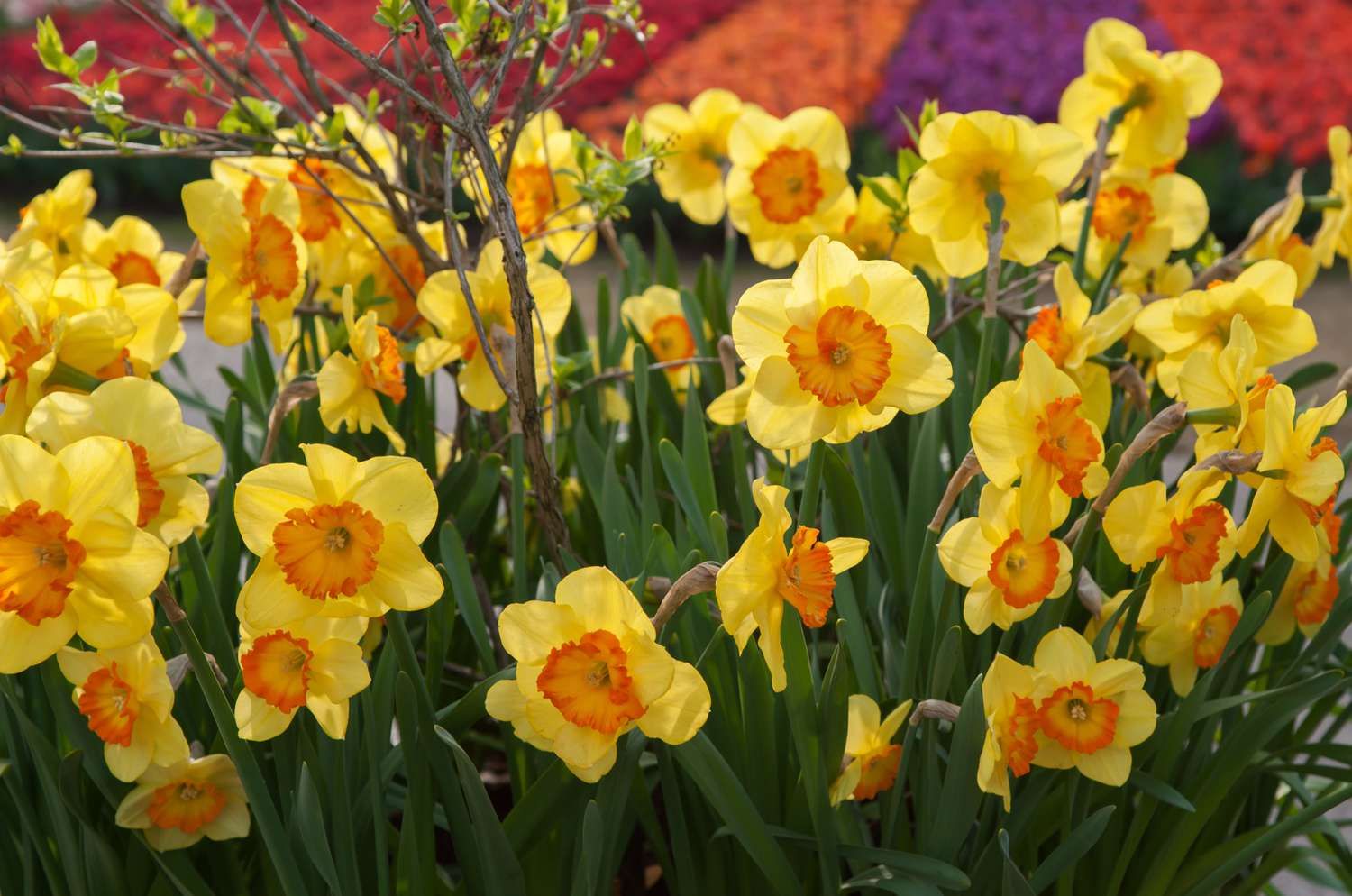
-
Lilies: Many varieties are poisonous to dogs, causing sickness and even acute kidney injury.
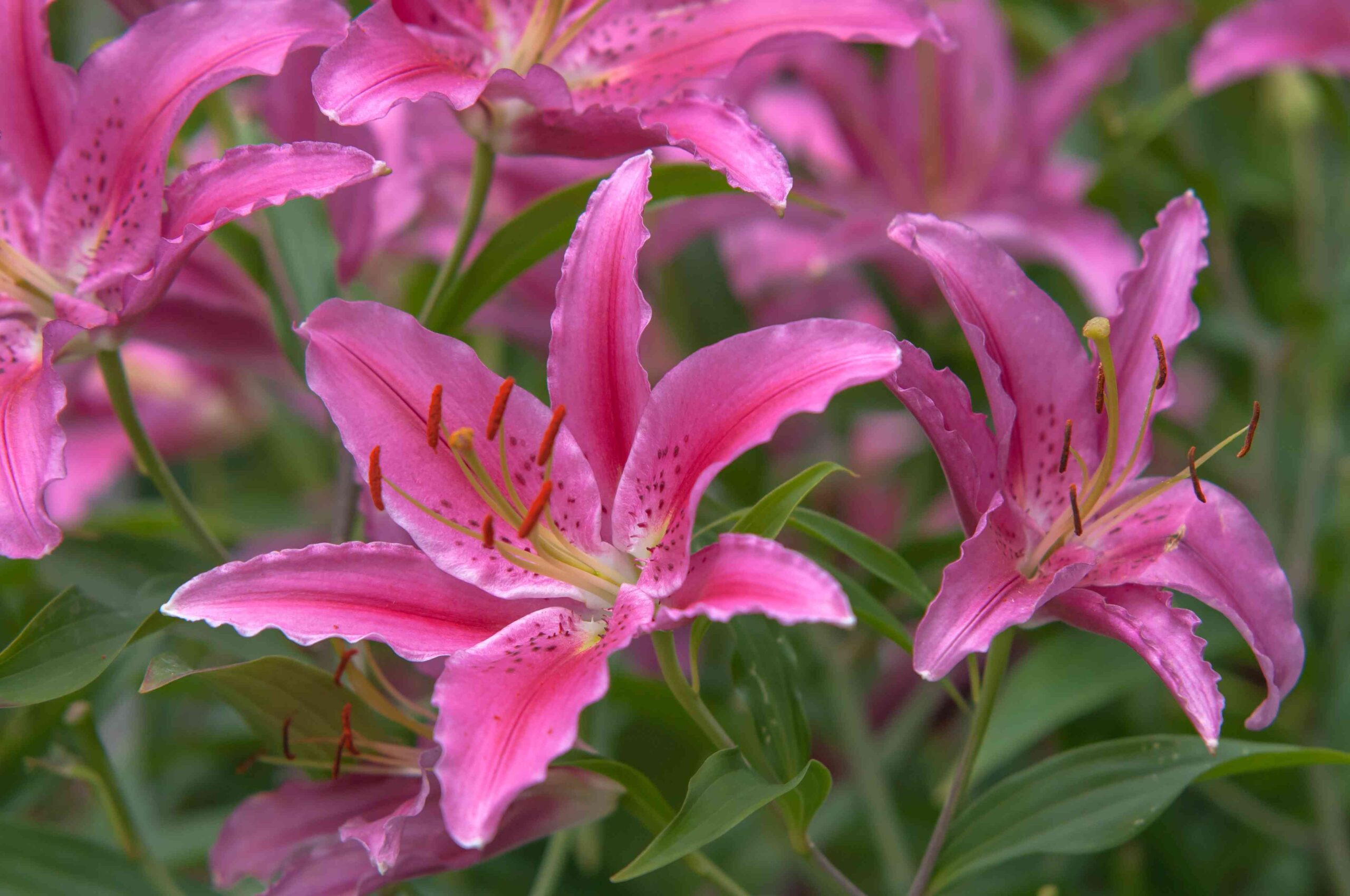
-
Delphinium: More commonly known as larkspur, these flowering plants are highly poisonous and pose a great threat to both dogs and humans.
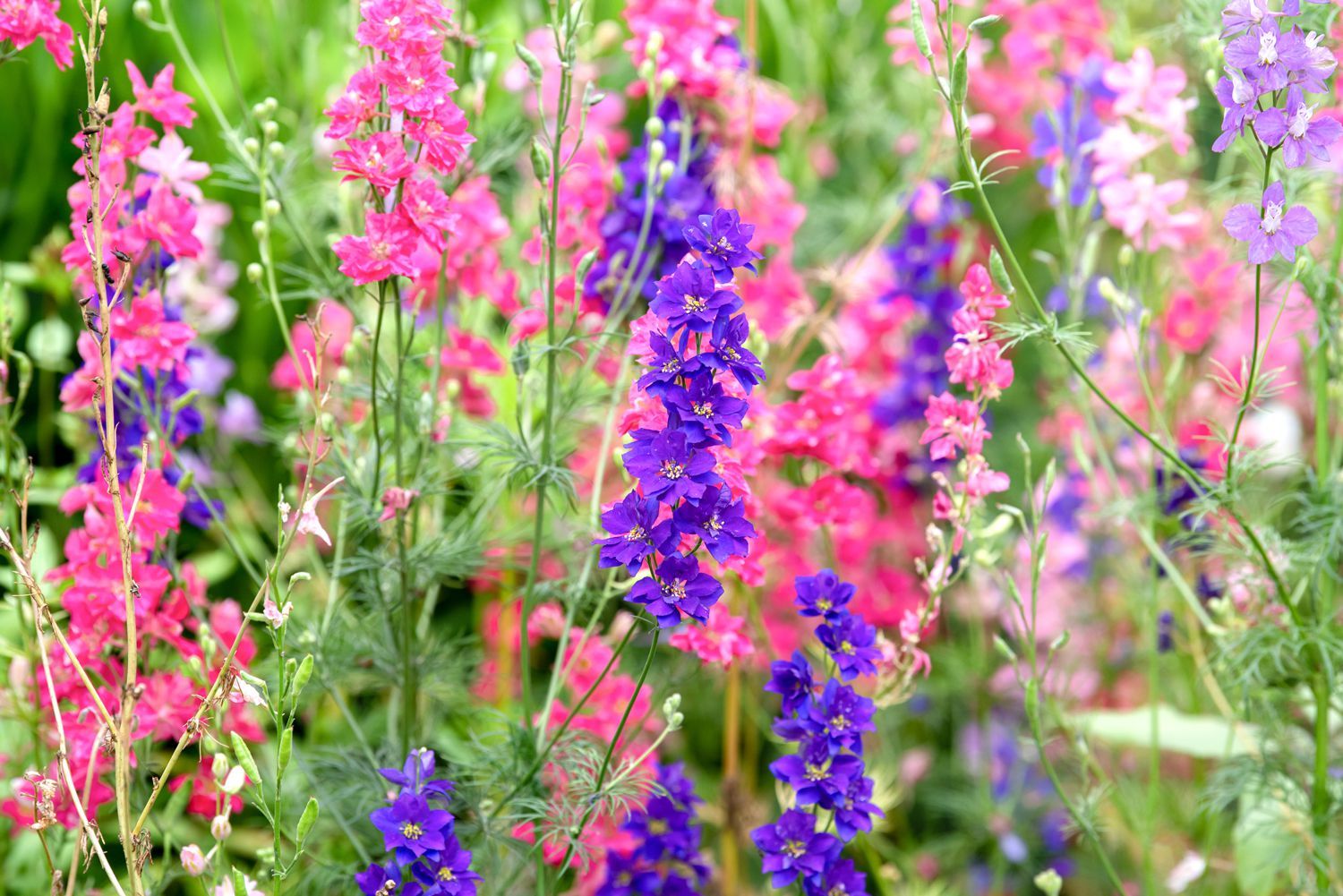
-
Foxgloves: They are highly toxic for both people and dogs. If eaten, foxgloves can cause your dog to suffer severe nausea and vomiting – and can be fatal.
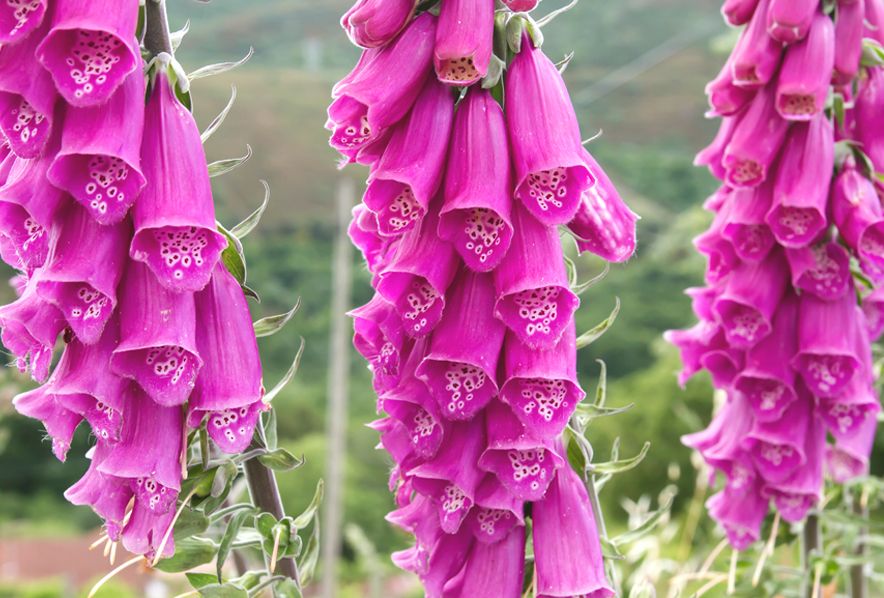
-
Hemlock: Even the smallest amount of this poisonous herb can cause symptoms such as seizures, panting, violent convulsions and severe pain in the abdomen.
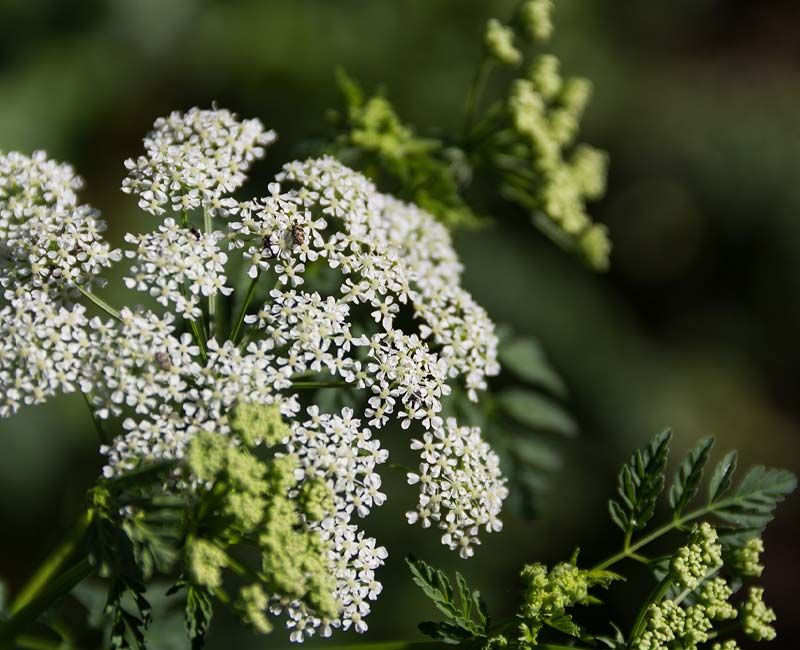
-
Hyacinths: If they chew or digest the bulbs of these springtime beauties, dogs are likely to suffer irritation in both their mouth and oesophagus. Common issues include drooling and diarrhoea, while breathing difficulties can also occur when large quantities of bulbs have been consumed.
-
Hydrangeas: If your dog digests this popular plant, they are likely to encounter a seriously upset stomach and possible side effects like depression, high heart rates and temperature, and vomiting.
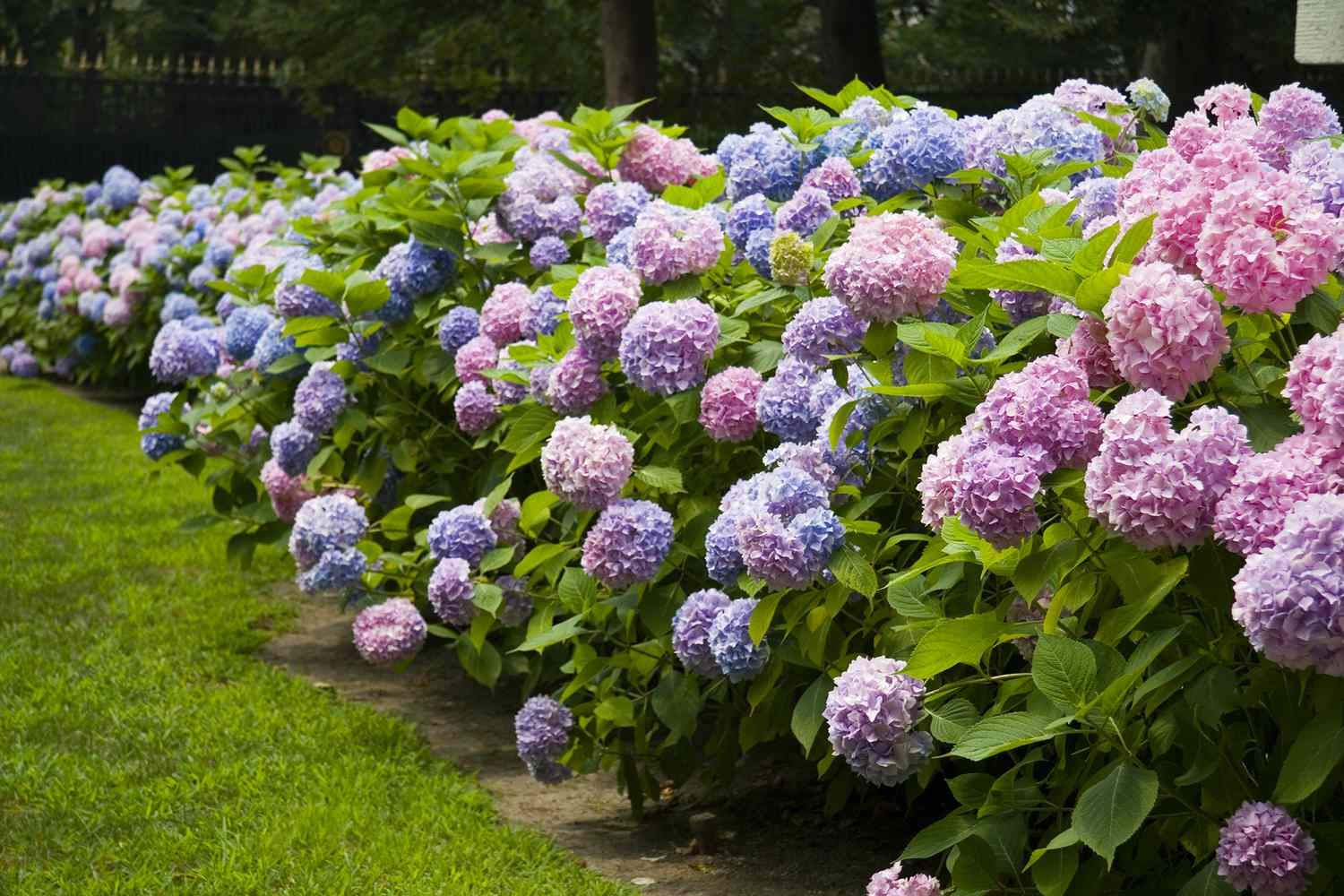
-
Ivy: Causing harm both inside and out, including dermatitis and damage to your dog’s gastrointestinal tract, ivy should be avoided and never consumed.
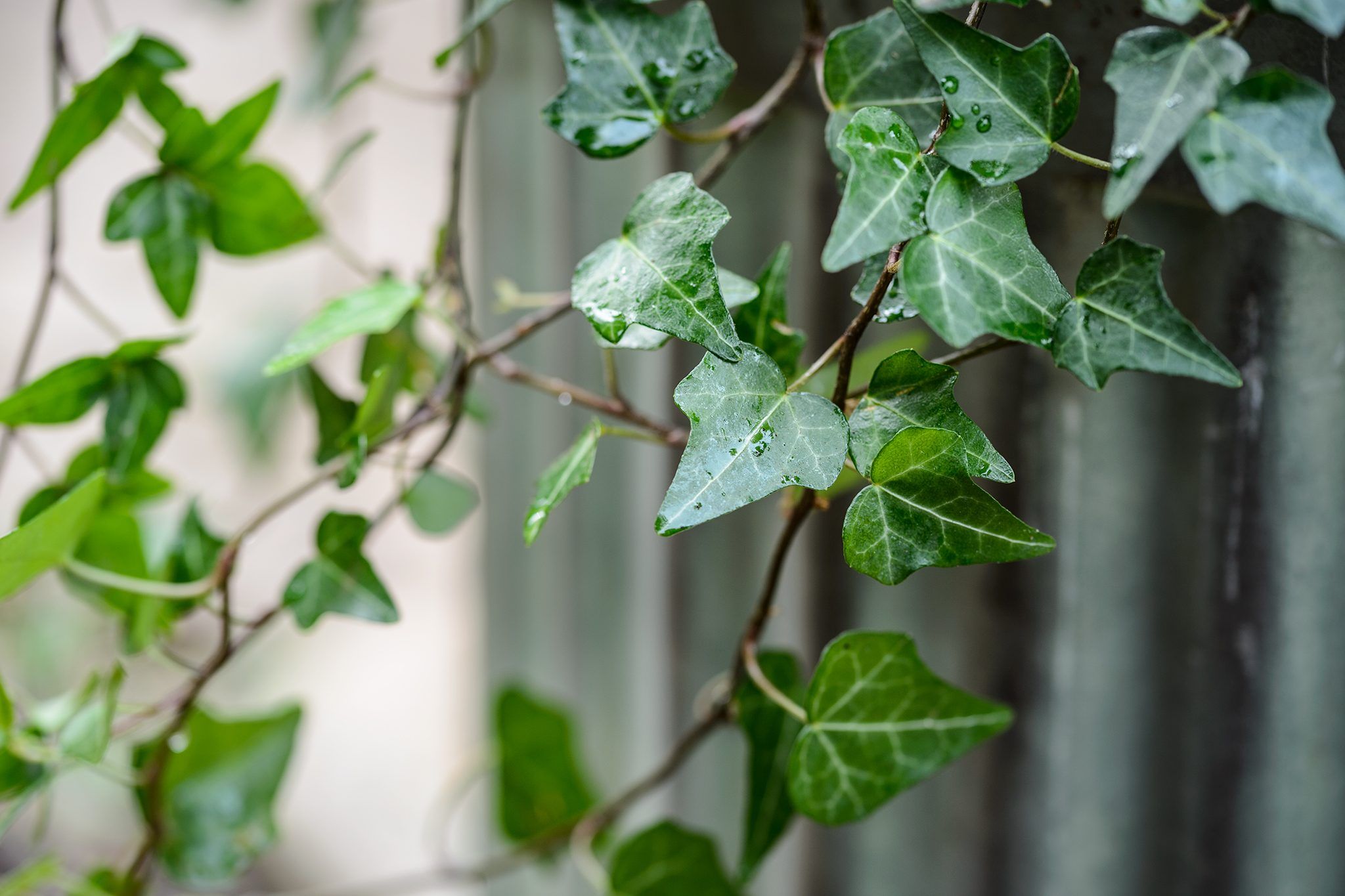
-
Laburnum: All parts of these glorious golden plants are poisonous to dogs (although the seeds are the most poisonous), and can cause nasty symptoms including nausea and vomiting if digested. In some cases, it can be fatal.
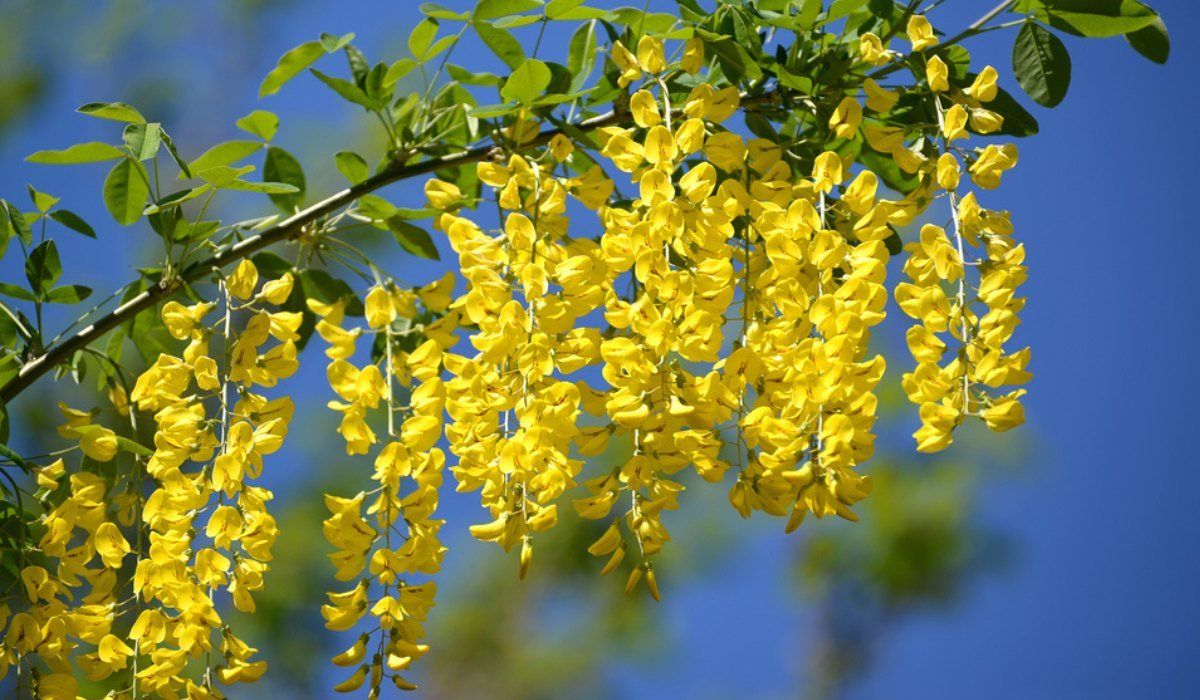
-
Lily of the Valley: They may look pretty and smell sweet, but these plants are highly poisonous to dogs and cause serious harm. When ingested, the plants can cause vomiting, diarrhoea and even seizures.
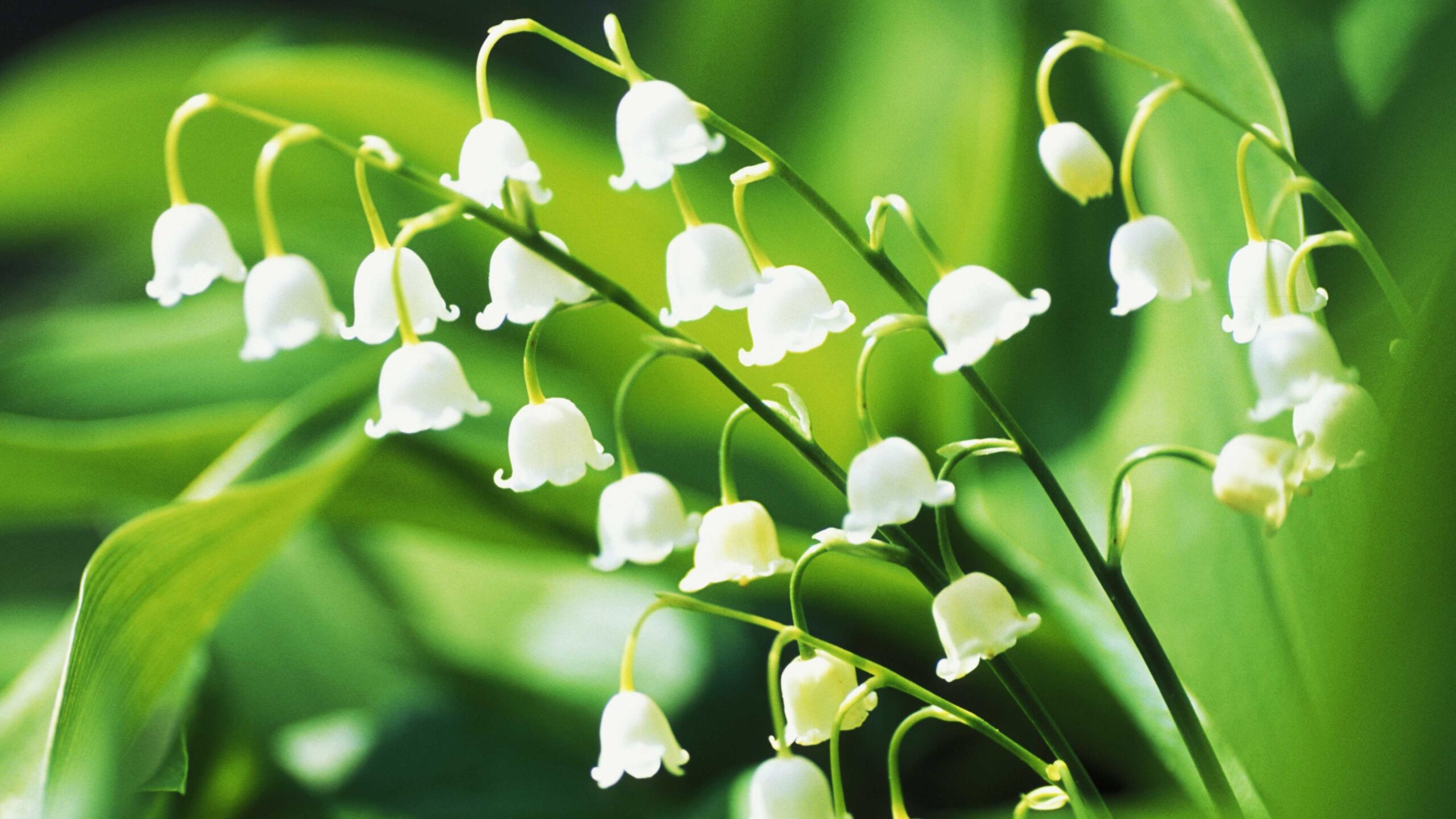
-
Lupine: Although a large amount of this flowering plant would need to be ingested and incidents of lupine poisoning in dogs seems to be rare, it is known to be toxic to dogs and so should still be avoided.
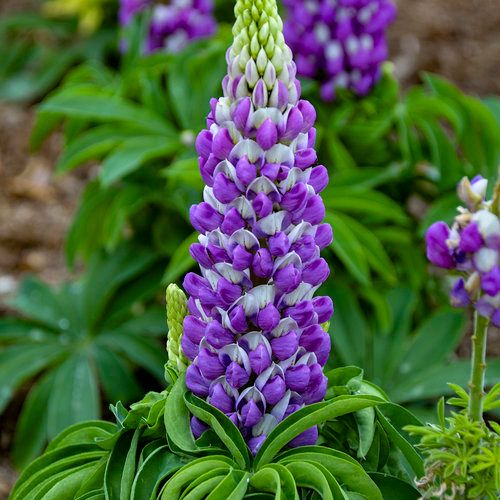
-
Morning Glories: The seeds of this beautiful vine are toxic to dogs, with large quantities causing distressing symptoms such as vomiting and even hallucinations.
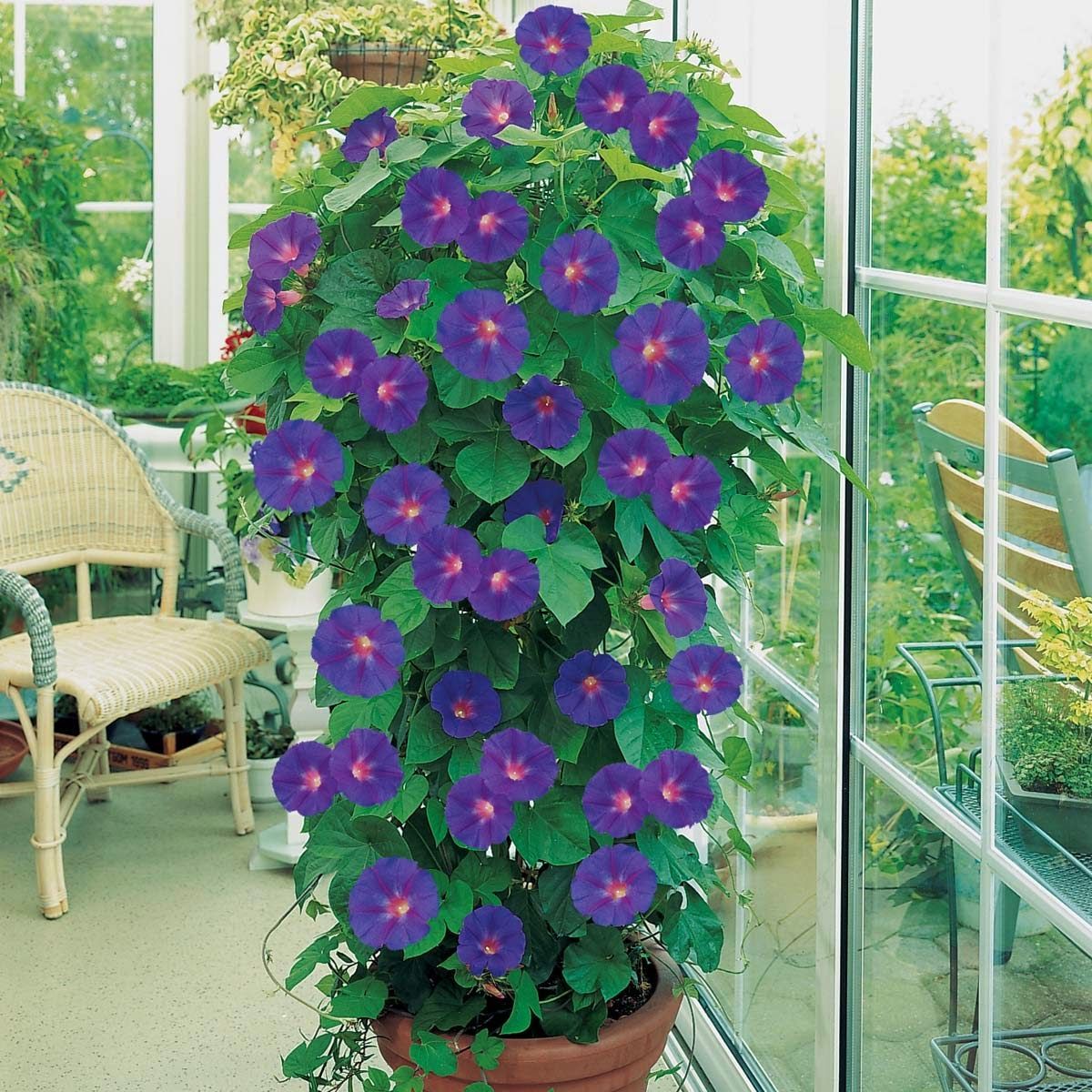
-
Oleander: This highly toxic tree must be avoided, with every part posing a threat to both dogs and humans. Even taking a drink of water with an oleander leaf floating in it can potentially poison your pawed pal.
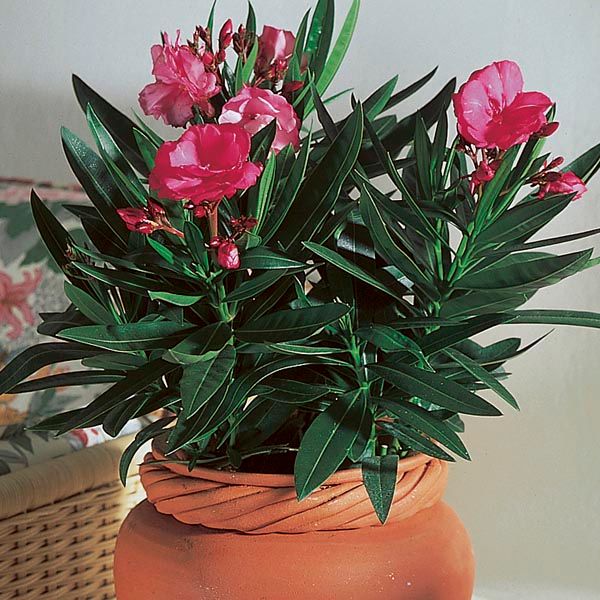
-
Rhododendrons: From the stem to the bloom, every part of these bushes is toxic to your dog, with only a small amount needed to cause serious issues (including azalea plants). While the symptoms vary depending on the size of the dog and the amount eaten, ingestion can be fatal.
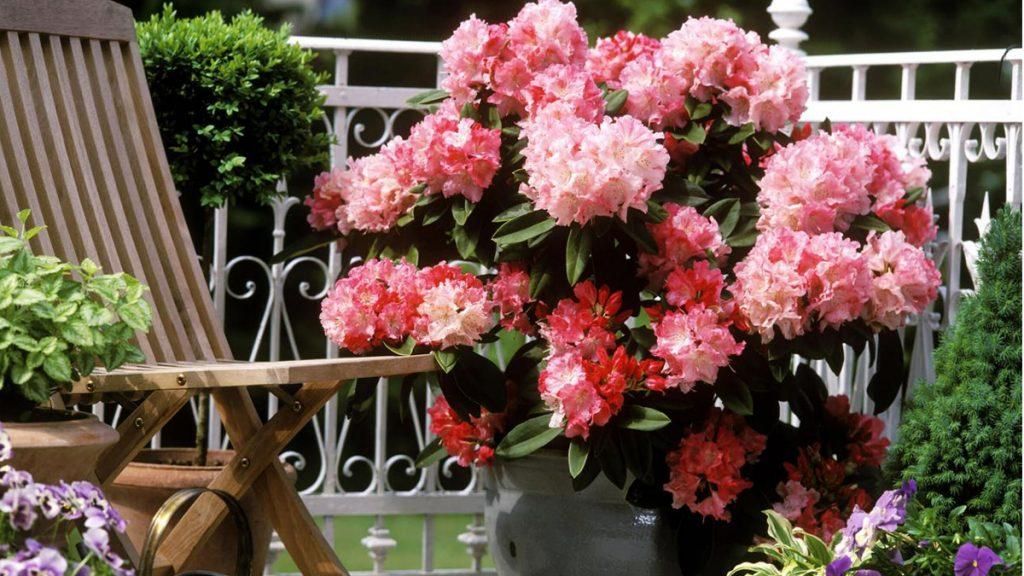
-
Rhubarb: Rhubarb contains soluble oxalate crystals, which can cause pain and irritation if eaten. Rhubarb leaves in particular can cause serious excessive salivation, lethargy, and even kidney failure.
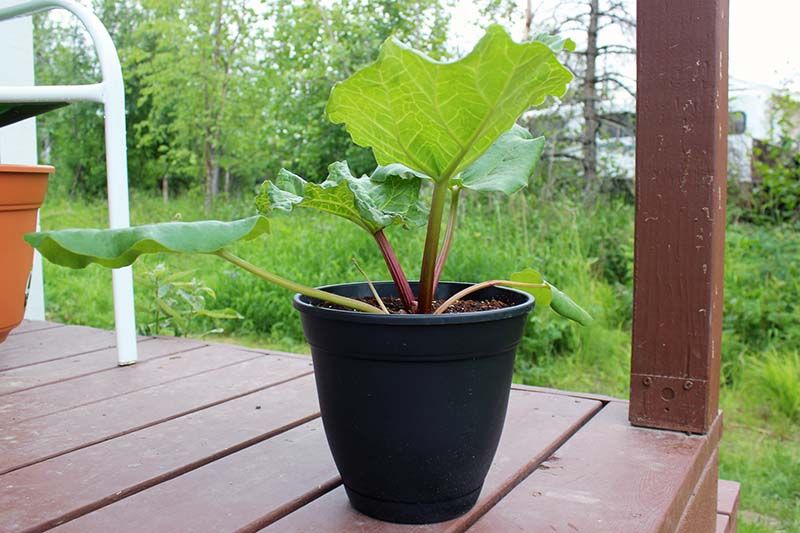
-
Sweet Pea Plants: It may be difficult to detect whether or not your dog is suffering the consequences of eating sweet peas, as the poisoning may take a few days to show up. The severity of the symptoms depends on the amount eaten and range from general weakness to vomiting.
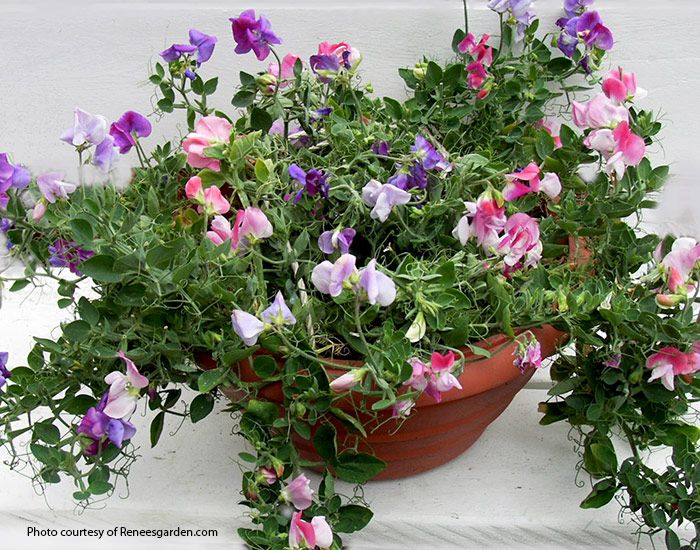
-
Tulips: If your dog decides to dig up and devour the tulip bulbs you have planted in the garden, they may suffer from a range of symptoms. These include irritation in the mouth and more severe issues such as vomiting and difficulty breathing.
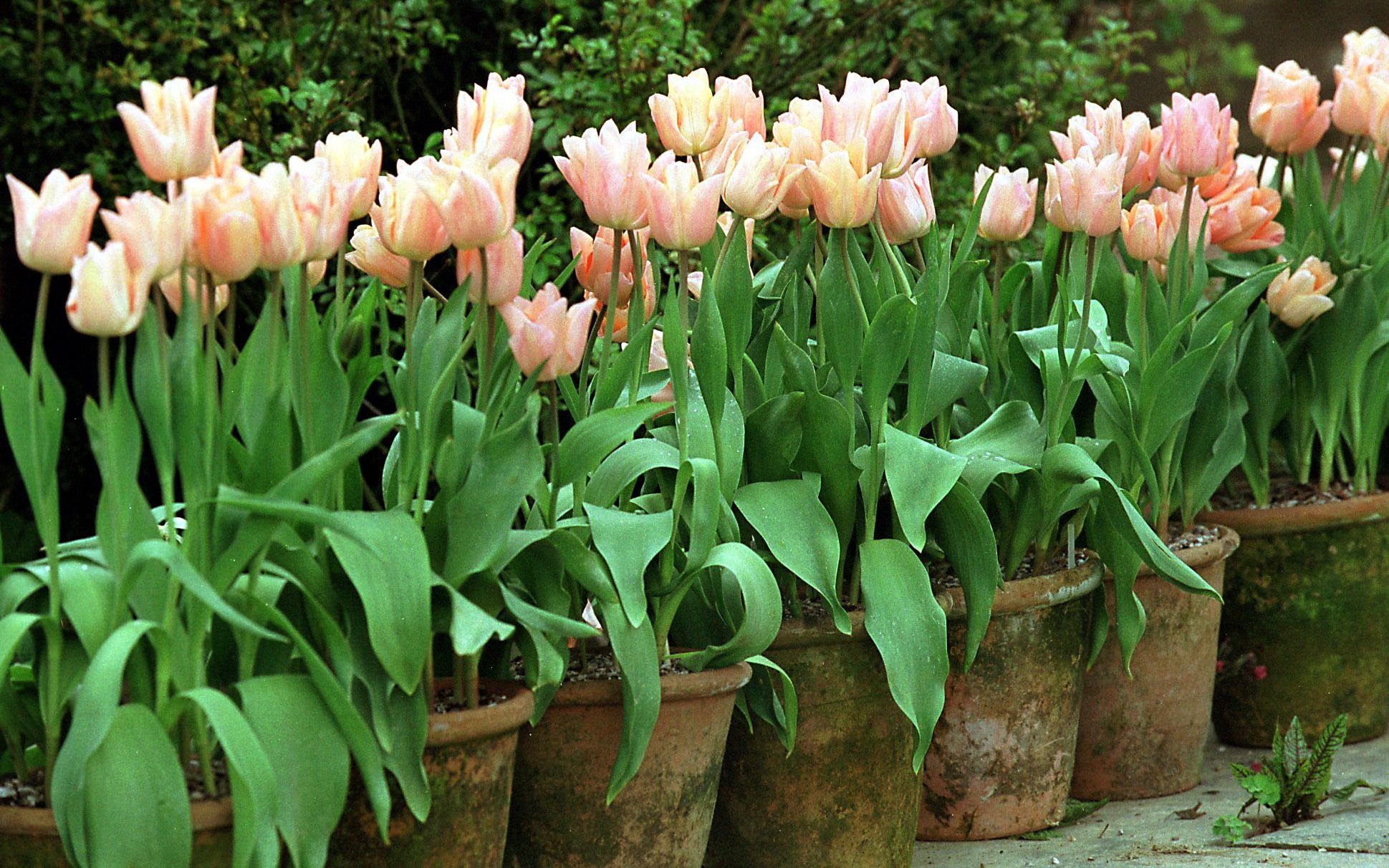
-
Umbrella Plants: When chewed or chomped on, this popular houseplant can cause your dog’s mouth and skin to swell and become seriously irritated. Additionally, your pooch may suffer from drooling, vomiting, diarrhea, and agitation.
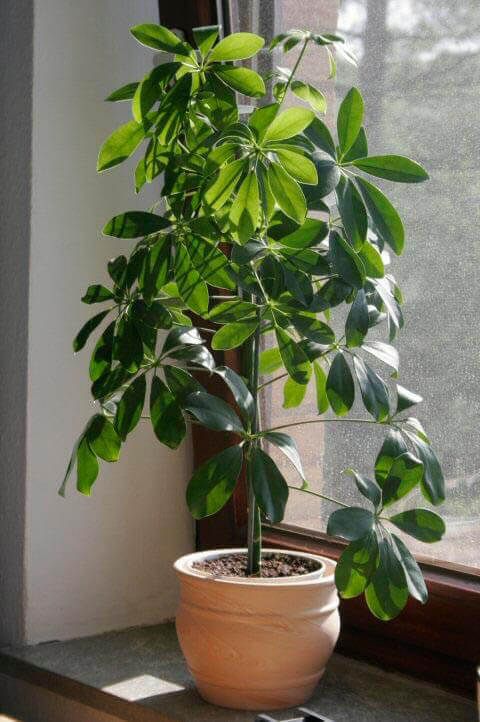
-
Wisteria: With two toxic properties present, both the seeds and pods of wisteria can cause several worrying symptoms for dogs – and consuming them can be fatal. As well as vomiting and dehydration, the plant can cause depression, confusion, and collapse.
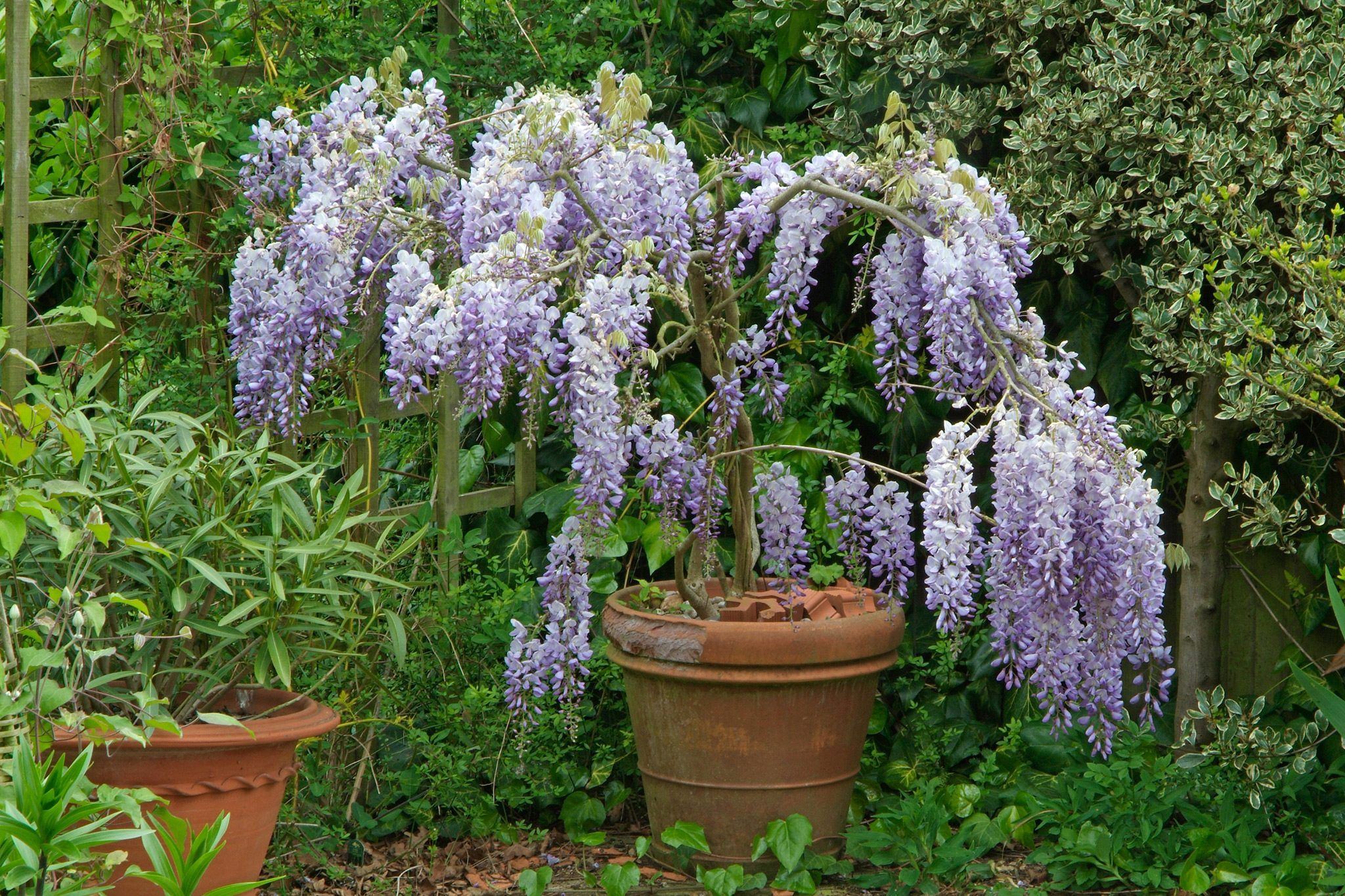
-
Poinsettias: Yes, poinsettias are mildly toxic to our furry friends. The sap contains chemicals that can result in vomiting, diarrhea, drooling, and skin and eye irritation if ingested in high amounts.
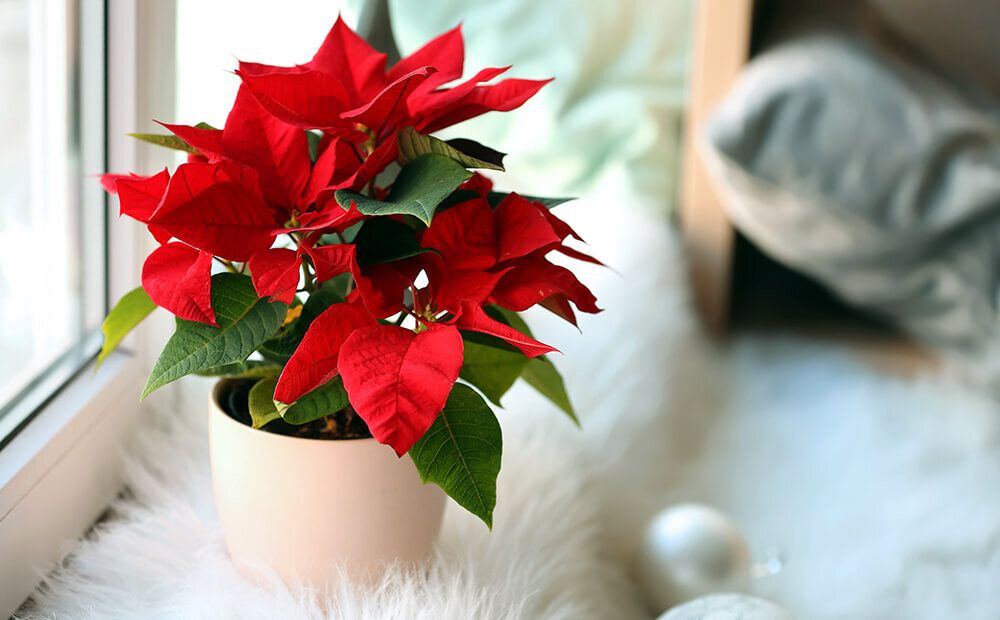
-
Aloe Vera: Aloe vera is highly toxic to dogs, containing properties that will cause nasty symptoms including vomiting, diarrhea, seizures and more.
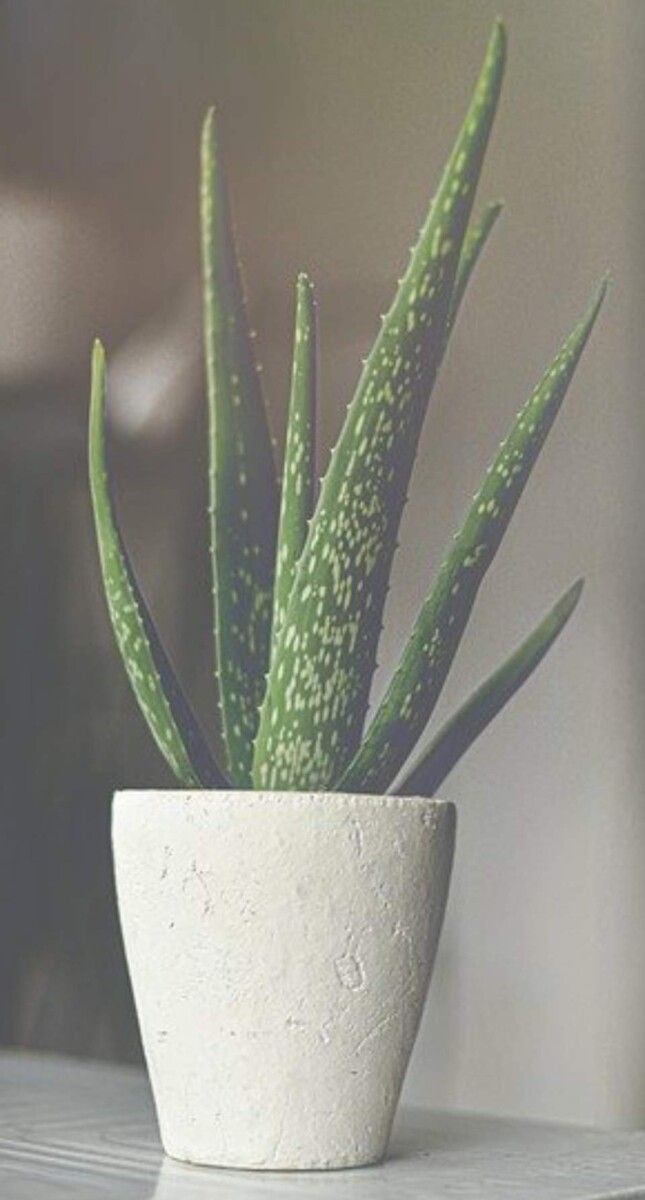
-
Geraniums: Geranium plants are mildly toxic to dogs, causing rashes irritation and vomiting if ingested. Geranium oil is especially toxic to dogs due to its high concentration.
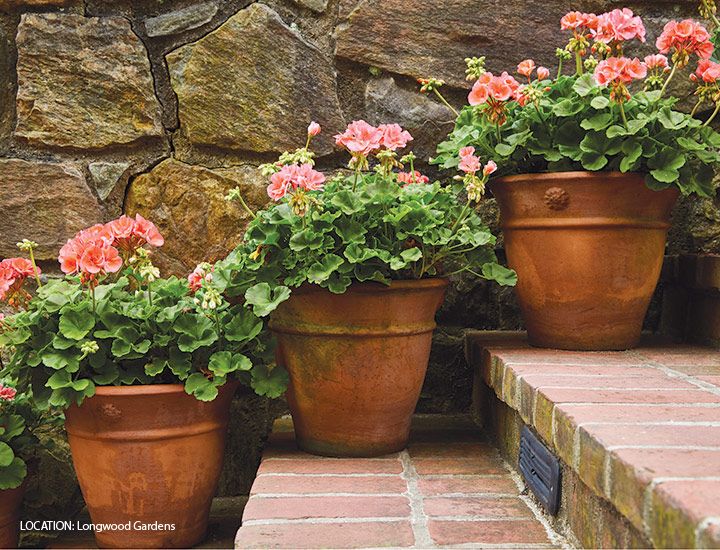
-
Peace Lilies: Much like traditional lilies, peace lilies are toxic to dogs. If chewed or ingested, they can trigger an inflammatory reaction and lead to a whole host of nasty symptoms, including.
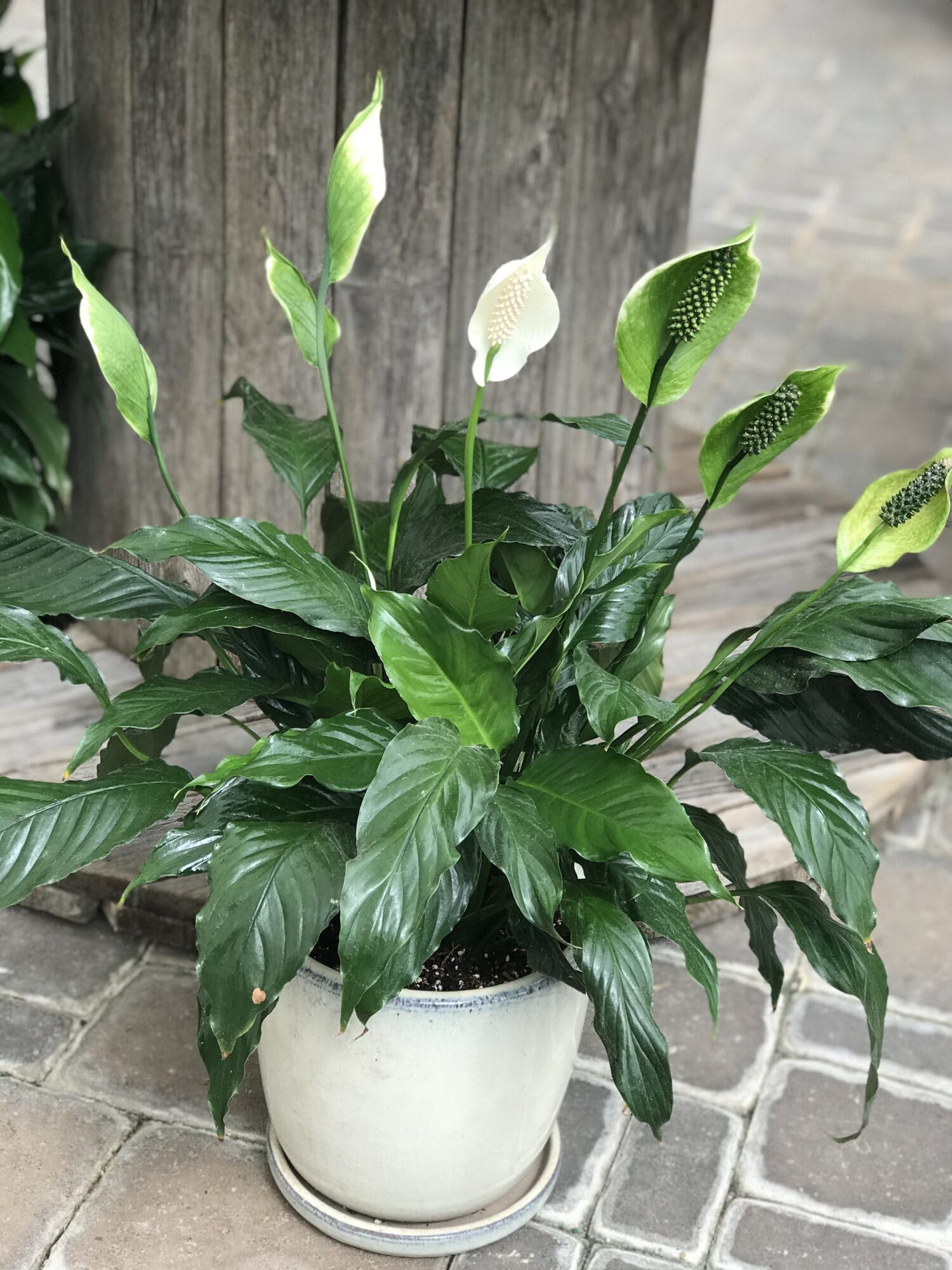
Protecting Your Dog from Toxic Plants
Ensuring your dog’s safety from toxic plants involves a combination of awareness, prevention, and quick action in case of exposure. Here are some detailed steps you can take to protect your dog:
-
Know Your Plants: Familiarize yourself with the plants in your home and garden. If you’re unsure about a plant’s toxicity, consult a local nursery or your veterinarian. There are also online resources and apps that can help you identify plants.
-
Safe Landscaping: When planning your garden, choose plants that are safe for dogs. If you already have potentially harmful plants, consider replacing them or at least moving them to an area your dog can’t access.
-
Train Your Dog: Train your dog not to chew or eat plants. This can be challenging, especially with puppies who are naturally curious, but it’s an important part of keeping them safe.
-
Create a Dog-Safe Zone: If it’s not possible to remove all toxic plants, consider creating a designated area in your garden that’s free of harmful plants where your dog can play safely.
-
Regular Supervision: Always supervise your dog while they’re outdoors. This is especially important in unfamiliar environments where you don’t know what plants are present.
-
Use Safe Mulch: If you use mulch in your garden, avoid cocoa mulch, which can be toxic to dogs. Instead, opt for a safer alternative like shredded pine, cedar, or hemlock bark.
-
Indoor Plants: Keep toxic houseplants out of reach or better yet, opt for pet-safe indoor plants. Remember, dogs can be quite resourceful when it comes to reaching things, so “out of reach” might need to be higher than you think.
-
Know the Signs: Familiarize yourself with the symptoms of plant poisoning in dogs, which can include vomiting, diarrhea, drooling, loss of appetite, irregular heartbeat, and lethargy. If you notice any of these symptoms, contact your vet immediately.
-
Emergency Plan: Have a plan in case of emergency. This should include having the number of your vet and a local emergency animal hospital handy. You can also keep a pet first aid kit at home, which can be useful in many situations.
Remember, prevention is the best way to protect your dog from toxic plants. By being aware of the potential dangers and taking proactive steps, you can create a safe environment for your furry friend to enjoy.
Frequently Asked Questions
In this section, we answer common questions about toxic plants and dogs. These include:
-
Are foxgloves poisonous to dogs?
Yes, foxgloves are highly toxic to dogs. If ingested, they can cause severe heart problems and even death. -
Are delphiniums poisonous to dogs?
Yes, delphiniums, also known as larkspur, are highly toxic to dogs. Ingestion can lead to digestive upset, nervousness, depression, and in severe cases, death. -
Are lilies poisonous to dogs?
Yes, many varieties of lilies are toxic to dogs and can cause symptoms ranging from vomiting to acute kidney injury. -
Are hyacinths poisonous to dogs?
Yes, hyacinths are toxic to dogs. If a dog chews or ingests the bulbs, it can cause irritation in the mouth and throat, excessive drooling, vomiting, and diarrhea. -
Can dogs eat berries?
It depends on the type of berry. Some berries, like strawberries and blueberries, are safe for dogs to eat. However, others, like holly berries, can be toxic. -
Is rhubarb poisonous to dogs?
Yes, the leaves of the rhubarb plant are toxic to dogs and can cause symptoms like drooling, vomiting, diarrhea, tremors, and changes in thirst and urination. -
Are poinsettias poisonous to dogs?
Yes, poinsettias are considered mildly toxic to dogs. They can cause irritation to the mouth and stomach, and sometimes vomiting. -
Are aloe vera plants poisonous to dogs?
Yes, aloe vera is toxic to dogs. If ingested, it can cause vomiting, depression, diarrhea, and rarely, tremors. -
Are geraniums poisonous to dogs?
Yes, geraniums are considered toxic to dogs. If ingested, they can cause vomiting, loss of appetite, depression, and skin rashes. -
Are peace lilies poisonous to dogs?
Yes, peace lilies are toxic to dogs. If chewed or ingested, they can cause oral irritation, excessive drooling, vomiting, difficulty in swallowing, and intense burning and irritation of the mouth, lips, and tongue. -
What should I do if my dog eats a poisonous plant?
If you suspect your dog has ingested a poisonous plant, contact your vet immediately. If possible, bring a sample or a photo of the plant with you. Do not induce vomiting unless instructed to do so by a veterinarian. -
How can I prevent my dog from eating plants?
Training is the best way to prevent your dog from eating plants. Teach them the “leave it” command and always supervise them while they’re outside. Also, make sure to keep your home and garden free of toxic plants.
Remember, if you’re ever in doubt about a plant’s toxicity, it’s best to err on the side of caution and keep it out of your dog’s reach.
Conclusion
Keeping your dog safe from toxic plants is a crucial part of being a responsible pet owner. By being aware of the potential dangers in your garden and home, you can create a safe environment for your furry friend to enjoy.
Enjoyed reading this article? There’s plenty more where that came from! Check out our blog for more insightful articles and tips about your furry friends. Here are a few you might find interesting:
– Pet Friendly Hotels Near Lax Airport
– Top Organic Dog Foods of 2023: Nourishing Your Dog Naturally
– Top 10 Dog Activities To Do With A Child
– Unlocking the Benefits of Premium Dog Vitamin Supplements
– Dog-Friendly Farmers Markets In Los Angeles
–The Ultimate Guide to Pet First Aid: Essential Knowledge for Every Pet Parent and Caregiver
Keep exploring and learning with Trusty Paws!
